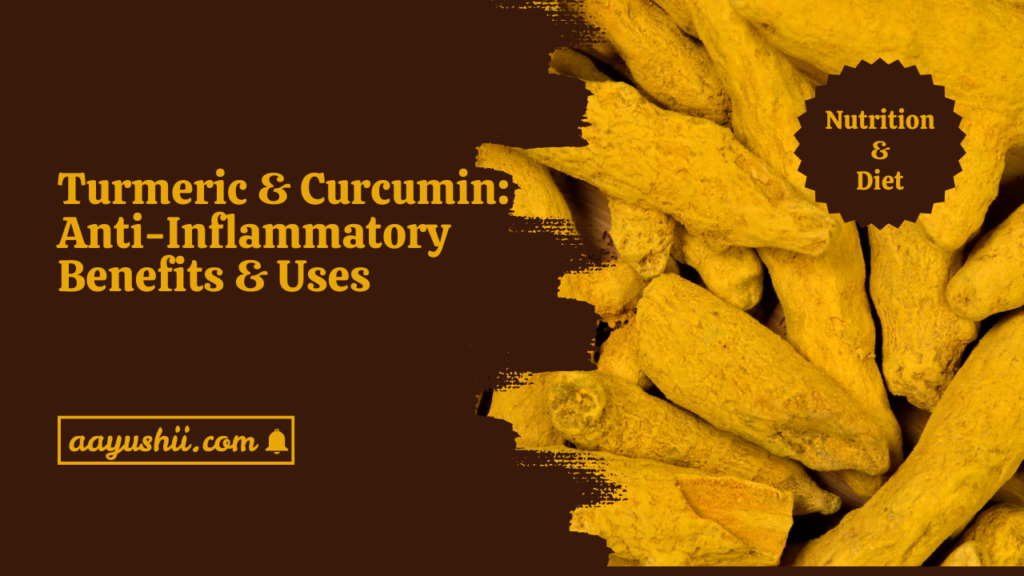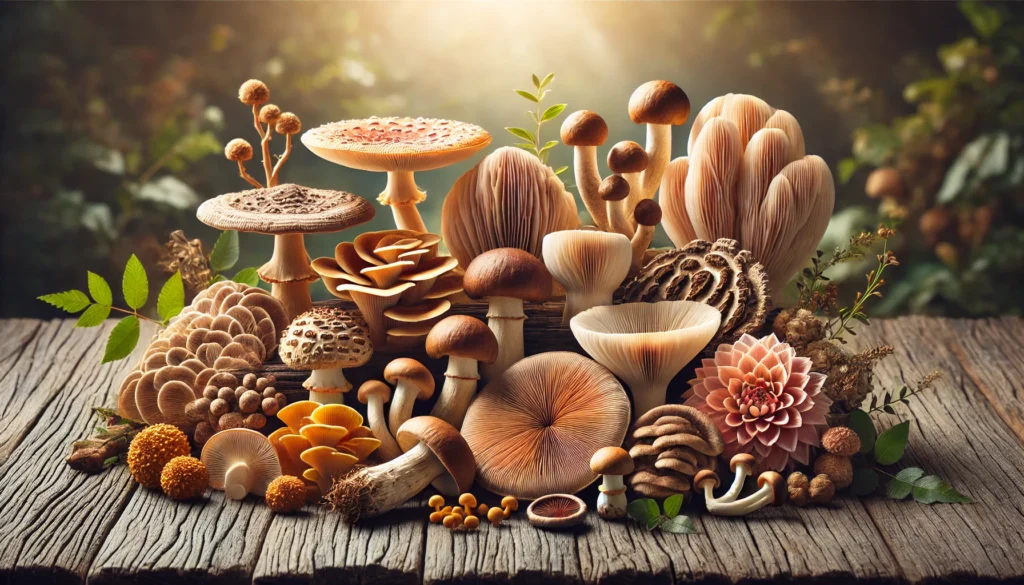Turmeric has transformed from a humble kitchen staple into a globally acclaimed superfood, renowned for its powerful health benefits. For centuries, this golden spice has been a cornerstone of Ayurvedic and traditional Chinese medicine, celebrated for its ability to support overall well-being. At the core of its potency lies curcumin, the active compound responsible for turmeric’s remarkable anti-inflammatory and antioxidant properties.
In this comprehensive guide, we’ll dive deep into everything you need to know about turmeric and curcumin—from their rich history and scientifically backed health benefits to their various uses and potential side effects. By the end, you’ll understand why these natural powerhouses have gained worldwide recognition, how to incorporate them into your routine, and what to consider for maximizing their benefits.
Table of Contents
A Brief History and Cultural Significance of Turmeric
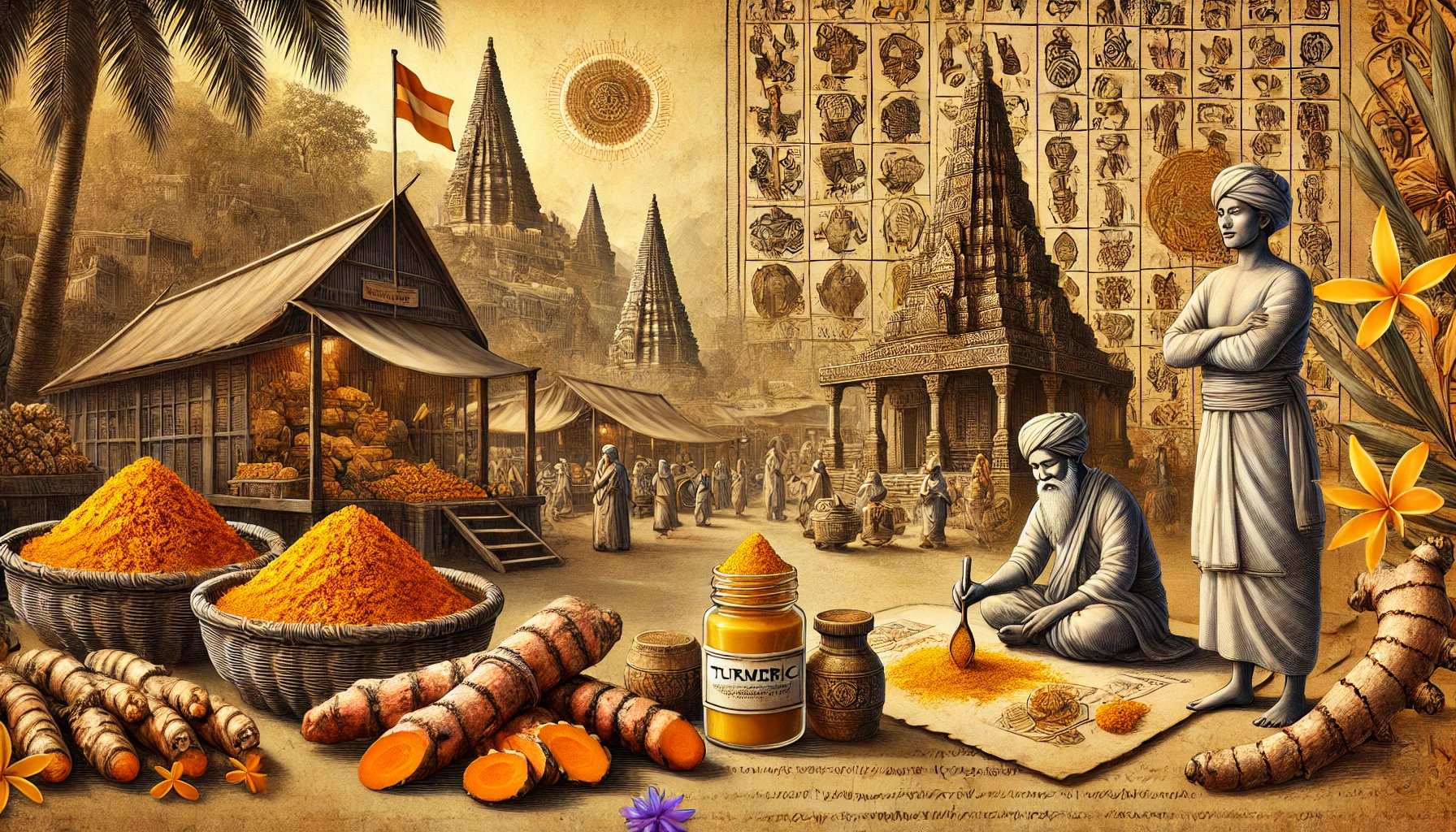
Turmeric is scientifically known as Curcuma longa, a perennial plant that belongs to the ginger family (Zingiberaceae). Its vibrant golden-orange hue has made it an iconic spice in many cuisines, particularly in South Asia. Historically, turmeric has been used for:
- Culinary Purposes: A staple spice in Indian, Middle Eastern, and Southeast Asian cuisines, imparting a warm, earthy, and slightly bitter flavor.
- Medicinal Uses: Incorporated for centuries in Ayurvedic and traditional Chinese medicine to address digestive issues, skin problems, and inflammatory ailments.
- Religious and Cultural Rituals: A symbol of prosperity and purification in various cultural ceremonies and festivals, particularly in South Asian countries.
- Fabric Dyeing: Due to its intense yellow color, turmeric has been used to dye clothes and fabrics.
This historical significance underlines how turmeric has influenced different aspects of life for millennia, far beyond its use simply as a spice. Over time, its traditional medicinal use has been backed by modern science, shining a spotlight on its bioactive compound, curcumin, which holds a range of health benefits.
What Is Turmeric?
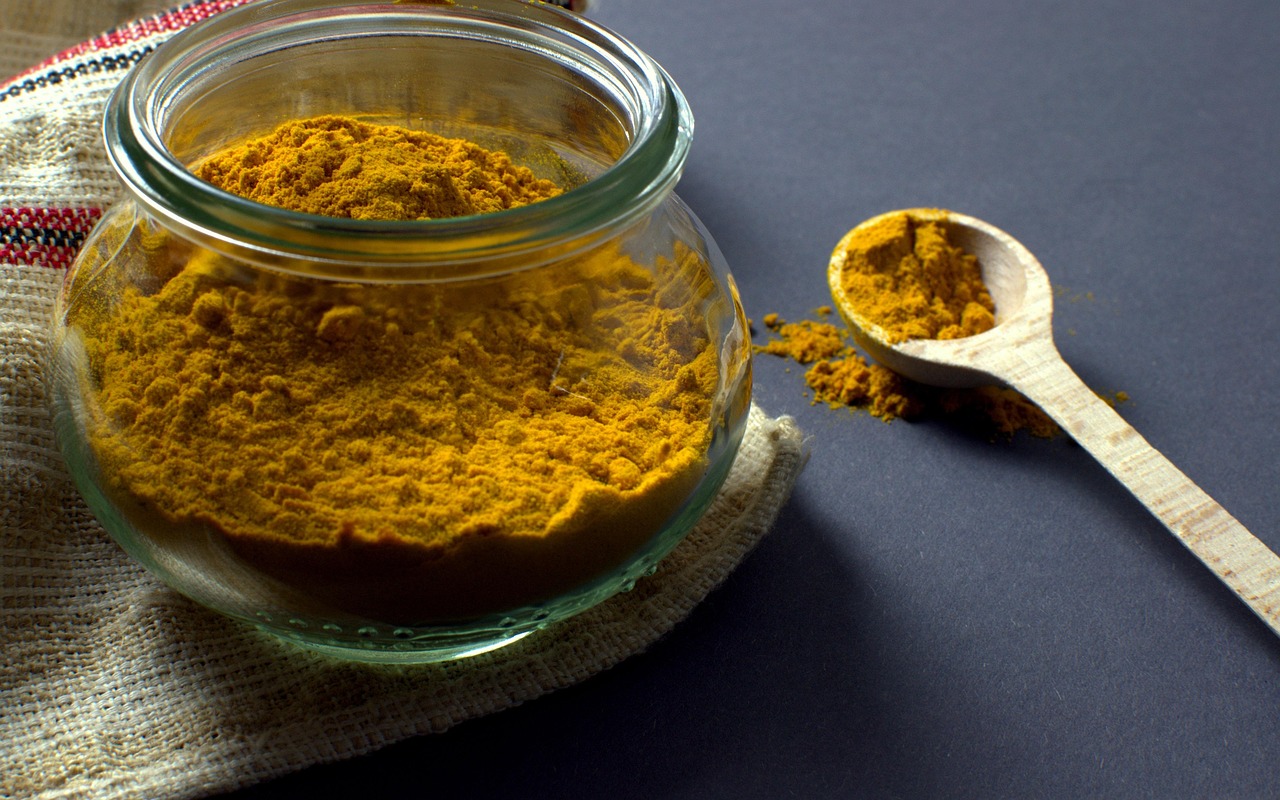
Turmeric is the rhizome (underground stem) of the Curcuma longa plant. When harvested, the rhizome resembles a smaller, distinctly orange version of ginger. After being boiled, dried, and ground into a powder, turmeric is used for culinary seasoning or as a dietary supplement.
Key Constituents of Turmeric
While curcumin is the most researched compound, turmeric contains over 300 different components. Some of these include:
- Curcuminoids: This group encompasses curcumin, demethoxycurcumin, and bisdemethoxycurcumin. Curcumin is the primary and most potent curcuminoid.
- Essential Oils: Turmeric also contains volatile oils such as turmerone, atlantone, and zingiberene, which may contribute to its therapeutic effects.
- Proteins and Resins: In addition, turmeric contains small amounts of proteins and resins that add to its nutrient profile.
Traditional Uses of Turmeric
- Culinary Spice: Provides a distinctive flavor and color to curries, soups, and rice dishes.
- Natural Food Coloring: Often used to color mustard, cheeses, and other packaged foods.
- Digestive Aid: Traditionally believed to help enhance digestion and relieve gas or bloating.
- Topical Applications: In ancient practices, turmeric paste was applied to the skin to reduce inflammation, improve complexion, and aid in wound healing.
What Is Curcumin?
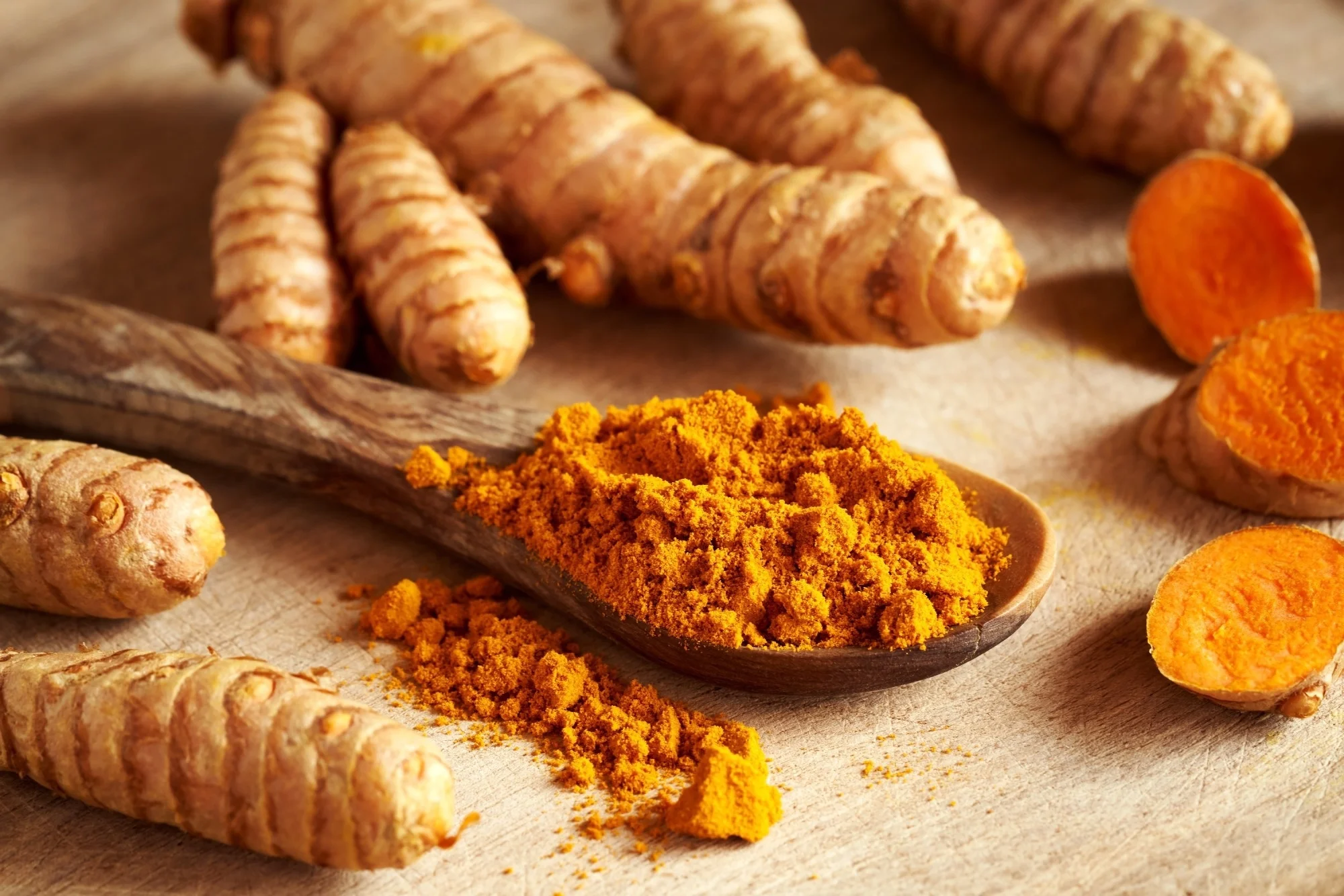
Curcumin is the primary active ingredient in turmeric, comprising around 2–8% of most turmeric preparations (though this can vary). It is a bright yellow polyphenol that is largely responsible for turmeric’s vibrant coloration.
Curcuminoids vs. Curcumin
- Curcuminoids: This is the family name for the group of bioactive compounds in turmeric.
- Curcumin: The standout curcuminoid often studied for its potential health benefits.
Potent Biological Effects
Research indicates that curcumin exhibits:
- Anti-Inflammatory Properties: Curcumin can modulate molecular pathways that drive inflammation in the body.
- Antioxidant Effects: It helps neutralize harmful free radicals, thereby protecting cells from oxidative stress.
- Potential Antimicrobial Activity: Some studies suggest that curcumin can inhibit certain bacteria, viruses, and fungi.
Due to its potency, curcumin is often extracted from turmeric and formulated into supplements. However, its naturally low bioavailability (the extent to which it is absorbed and used by the body) can be a limiting factor unless special formulations or additional compounds like piperine (found in black pepper) are included.
Why Turmeric and Curcumin Are So Popular

The surge in popularity of turmeric and curcumin is linked to both traditional wisdom and modern scientific research. Here are some reasons why they stand out:
- Extensive Traditional Use: Turmeric’s presence in Ayurvedic, Unani, and Chinese medicine for thousands of years lends strong credibility to its medicinal potential.
- Scientific Evidence: A growing number of studies suggest that curcumin may benefit a range of conditions—from joint pain to metabolic syndrome—helping to validate the spice’s therapeutic claims.
- Versatility: Turmeric can be used in cooking, skincare, teas, and supplements, making it accessible and easy to incorporate into daily routines.
- Safety Profile: Turmeric is generally safe when used in culinary amounts, though higher doses in supplement form may need more caution.
- Holistic Approach to Wellness: The rise of functional foods and interest in plant-based remedies has driven consumers toward natural solutions like turmeric for inflammation and other health concerns.
The Science Behind Turmeric’s Anti-Inflammatory Properties
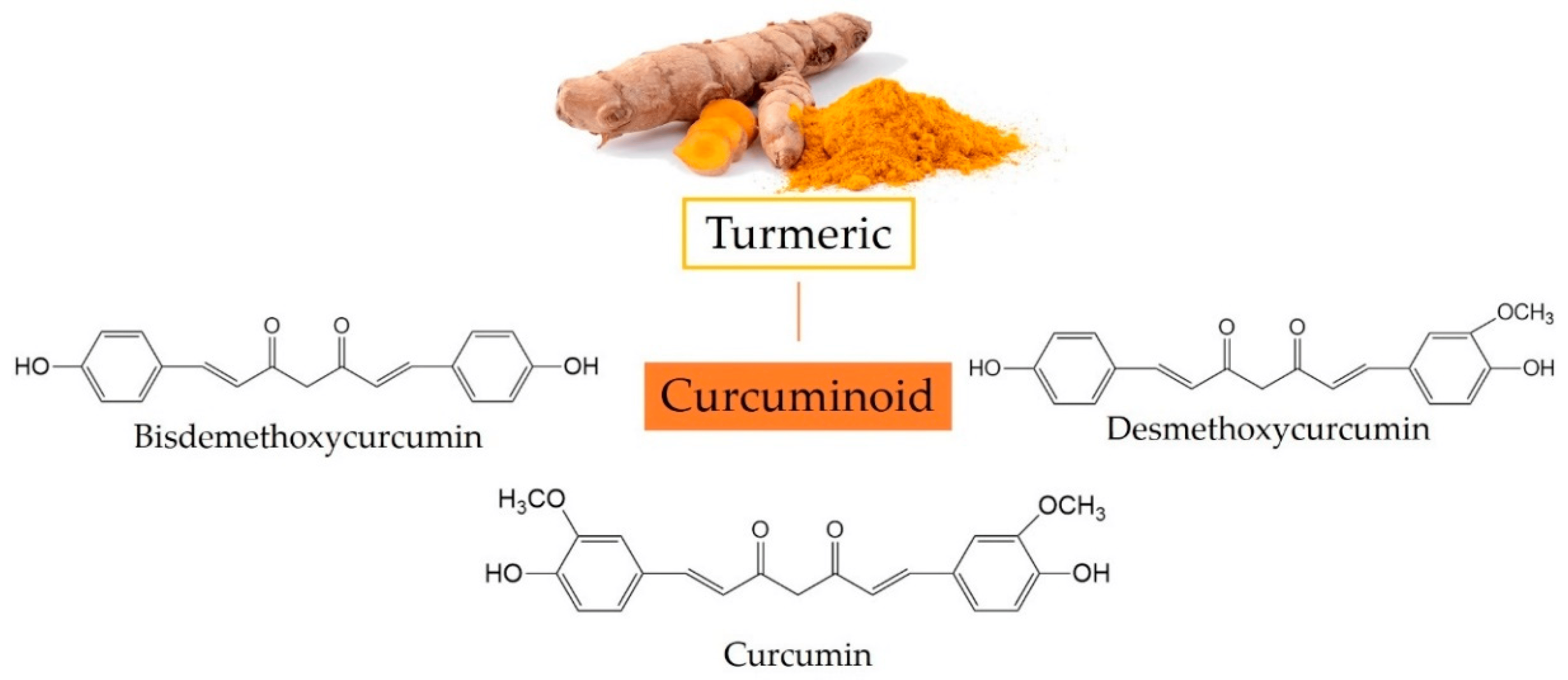
One of the most heralded benefits of turmeric (and curcumin in particular) is its potent anti-inflammatory capacity. Chronic inflammation is now recognized as a root factor in numerous health conditions, including heart disease, cancer, metabolic syndrome, Alzheimer’s disease, and various degenerative disorders. Therefore, strategies to reduce chronic inflammation are in high demand.
Understanding Inflammation
Inflammation is part of the body’s natural defense mechanism. When tissues are injured or infected, the immune system responds by sending chemical messengers that help fight off pathogens and begin the healing process. This is acute inflammation, which is beneficial and necessary.
However, chronic inflammation occurs when this immune response is prolonged or triggered without a specific threat. Chronic inflammation is linked to tissue damage and the progression of many diseases. Hence, the main goal is to keep inflammation within a normal, healthy range.
Mechanisms of Curcumin’s Anti-Inflammatory Action
Curcumin exerts its anti-inflammatory effects through a variety of mechanisms, including:
- Inhibition of Pro-Inflammatory Enzymes and Molecules
Curcumin can block the activity of cyclooxygenase (COX) and lipoxygenase (LOX), enzymes involved in the inflammatory process. It also reduces the production of inflammatory cytokines such as interleukin (IL)-1, IL-6, and tumor necrosis factor-alpha (TNF-α). - NF-κB Pathway Modulation
The nuclear factor kappa B (NF-κB) pathway is a major regulator of inflammation. Curcumin has been found to inhibit the activation of NF-κB, thereby reducing the release of pro-inflammatory molecules. - Antioxidant Defense
Oxidative stress often goes hand-in-hand with inflammation. Curcumin’s ability to neutralize free radicals can help reduce oxidative damage that triggers inflammatory responses. - Gene Regulation
Curcumin may also influence gene expression related to inflammation, further highlighting its multi-faceted approach to reducing inflammatory signals.
Evidence from Clinical Studies
Numerous clinical studies and meta-analyses have investigated curcumin’s anti-inflammatory potential:
- Arthritis: Research indicates that curcumin supplementation may help alleviate joint pain, swelling, and stiffness in individuals with osteoarthritis or rheumatoid arthritis.
- Inflammatory Bowel Disease (IBD): Some preliminary research suggests that curcumin can reduce symptoms and markers of inflammation in ulcerative colitis or Crohn’s disease.
- Metabolic Syndrome: Curcumin might help regulate inflammatory markers in people with metabolic syndrome, potentially improving insulin sensitivity and lipid profiles.
While many studies show promising results, it is important to note that not all research confirms curcumin’s effectiveness in every scenario. Variation in dosage, bioavailability, and study design can influence outcomes. However, the overall consensus remains largely positive regarding turmeric and curcumin’s anti-inflammatory capabilities.
Other Key Health Benefits of Turmeric and Curcumin
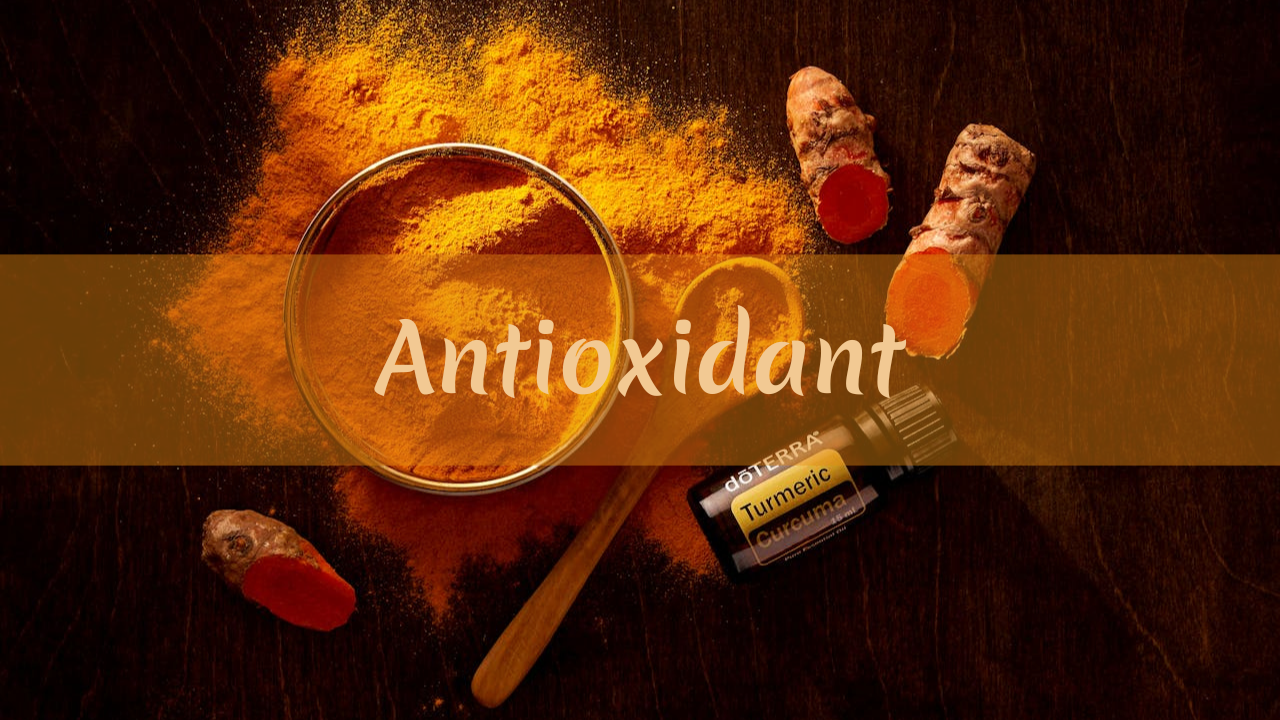
Beyond their anti-inflammatory prowess, turmeric and curcumin are associated with a wide range of additional health benefits. Although research is ongoing, here are some of the most cited areas of potential impact.
Antioxidant Effects
Why It Matters:
Free radicals are unstable molecules that can damage cells through oxidative stress. Over time, oxidative stress contributes to aging and the development of diseases like cancer, diabetes, and heart disease.
Curcumin’s Role:
Curcumin scavenges free radicals and enhances the activity of antioxidant enzymes like superoxide dismutase (SOD) and catalase. By doing so, it can help protect cells and tissues from oxidative damage.
Joint and Muscle Support
Why It Matters:
Chronic inflammation and oxidative stress are key drivers of joint discomfort and muscle fatigue. Natural strategies that address both issues can be valuable for improving quality of life.
Curcumin’s Role:
By lowering inflammation, curcumin may reduce pain and swelling in joints, making it a popular supplement for athletes and individuals dealing with arthritis or repeated exercise-induced stress.
Cardiovascular Health
Why It Matters:
Heart disease is one of the leading causes of death worldwide. Controlling inflammation, regulating blood pressure, and improving lipid profiles are key ways to protect cardiovascular health.
Curcumin’s Role:
Studies have found that curcumin can help:
- Improve endothelial function (the lining of blood vessels).
- Reduce LDL (“bad”) cholesterol and total cholesterol levels.
- Lower blood pressure in some populations.
Brain Health and Cognitive Function
Why It Matters:
Neurodegenerative diseases such as Alzheimer’s and Parkinson’s are closely linked with chronic inflammation and oxidative stress in the brain.
Curcumin’s Role:
Some research suggests that curcumin can cross the blood-brain barrier and may assist in reducing neuroinflammation. It might also help clear amyloid plaques linked to Alzheimer’s disease. Although more robust human trials are necessary, early findings are encouraging.
Digestive and Gut Health
Why It Matters:
A healthy digestive system is crucial for nutrient absorption, immune function, and overall wellness. Chronic digestive inflammation can impair these processes and reduce quality of life.
Curcumin’s Role:
Curcumin might help maintain a balanced gut microbiome and reduce inflammatory markers in conditions like irritable bowel syndrome (IBS). Some individuals also use turmeric to alleviate bloating and other mild gastrointestinal discomforts.
Potential Anti-Cancer Properties
Why It Matters:
Cancer involves uncontrolled cell growth, often driven by genetic mutations and chronic inflammation. Compounds that help reduce inflammation and oxidative stress may play a supportive role in preventing or managing cancer.
Curcumin’s Role:
In in vitro (test tube) and in vivo (animal) studies, curcumin has been shown to influence signaling pathways involved in cancer cell growth, apoptosis (cell death), and metastasis. While promising, these findings have not been conclusively proven in large-scale human trials. Nevertheless, curcumin’s ability to modulate multiple molecular pathways makes it an area of interest for cancer research.
Forms of Turmeric and Curcumin

When looking to introduce turmeric or curcumin into your lifestyle, you will find a variety of options. Each form has unique advantages and considerations.
Whole Turmeric Root
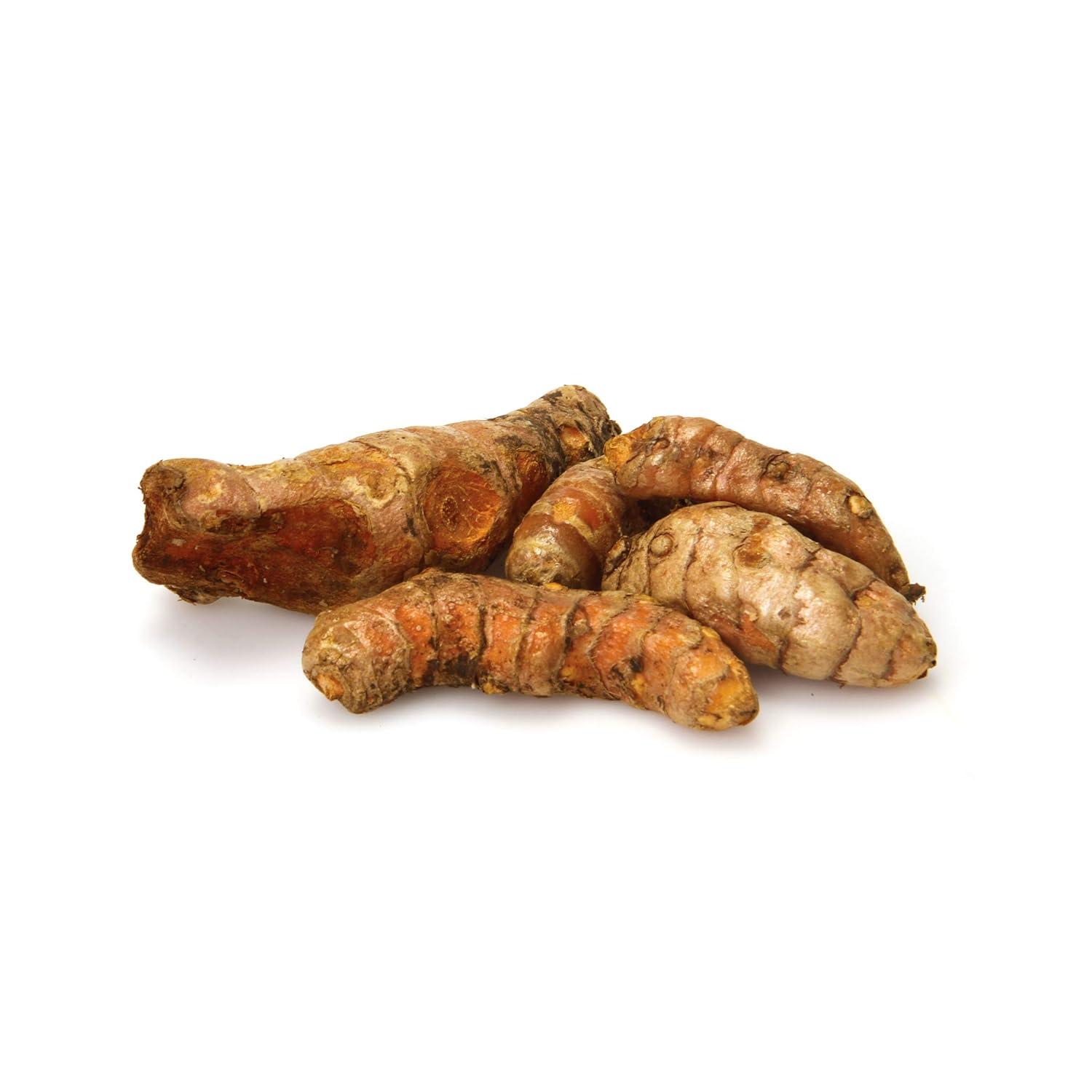
Fresh Root: Can be sliced, grated, or juiced. Fresh turmeric root is vibrant and offers a more potent flavor and nutrient profile compared to processed forms.
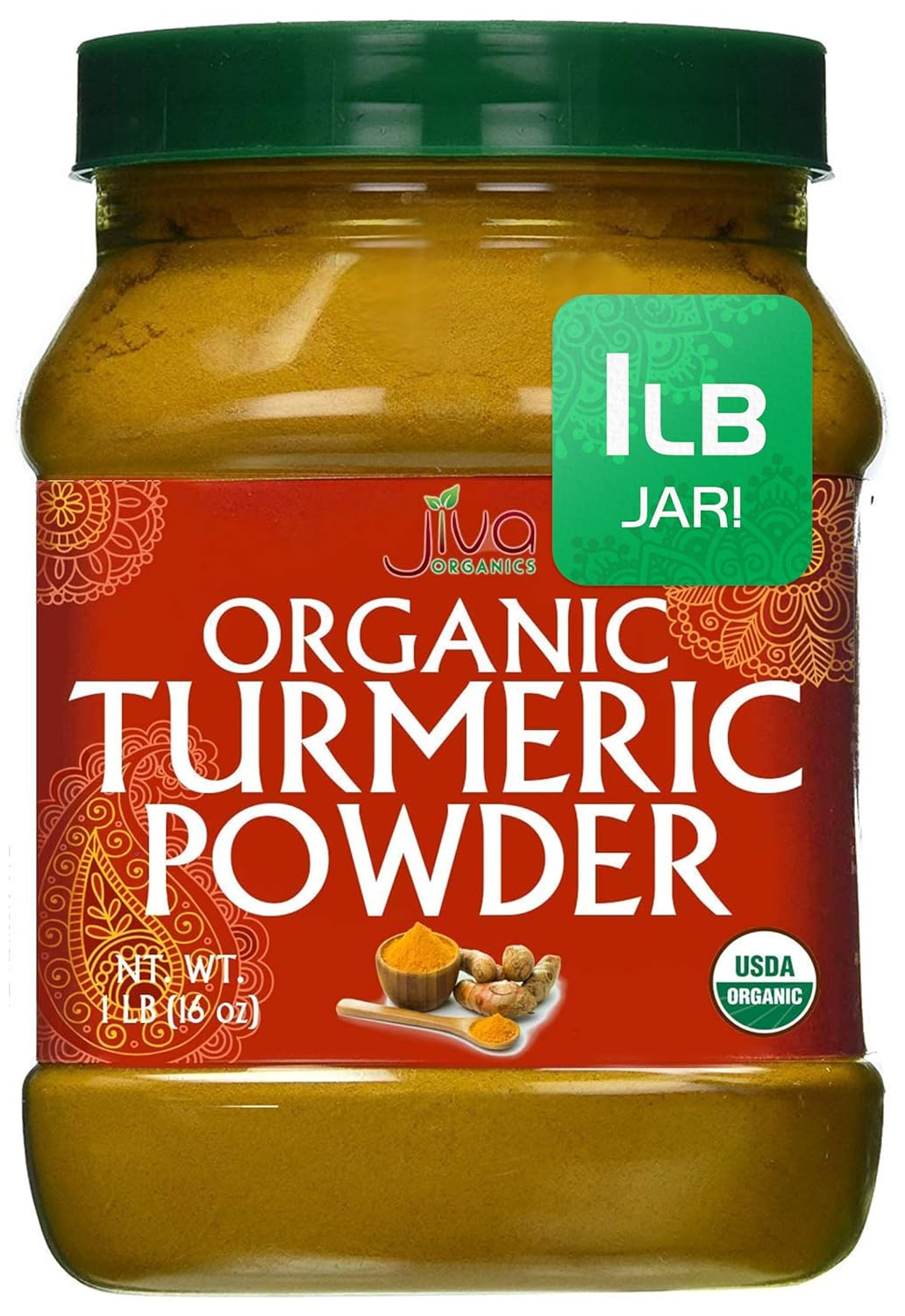
Ground Turmeric Powder: The dried, ground form is the most common kitchen staple. It’s convenient for cooking and home remedies but has lower overall curcumin content compared to concentrated extracts.
Standardized Curcumin Extract
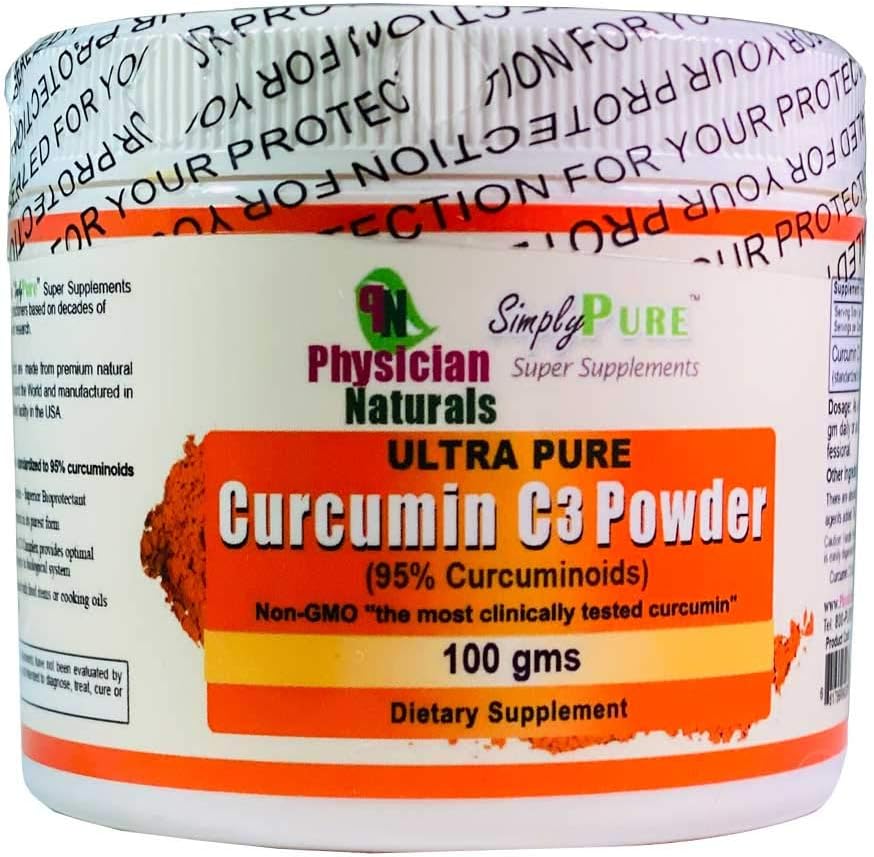
High Curcumin Concentration: Often contains 90–95% curcuminoids. A more potent form for targeting health benefits, especially inflammation.
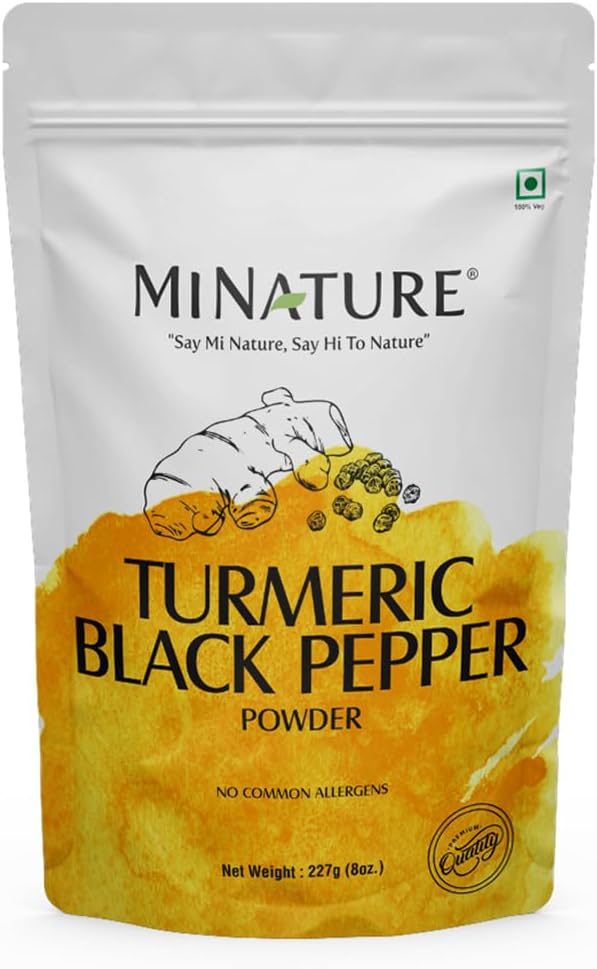
Formulation Enhancements: Some products add piperine (an extract from black pepper) or use liposomal or phytosomal technologies to enhance absorption.
Golden Milk or Turmeric Lattes
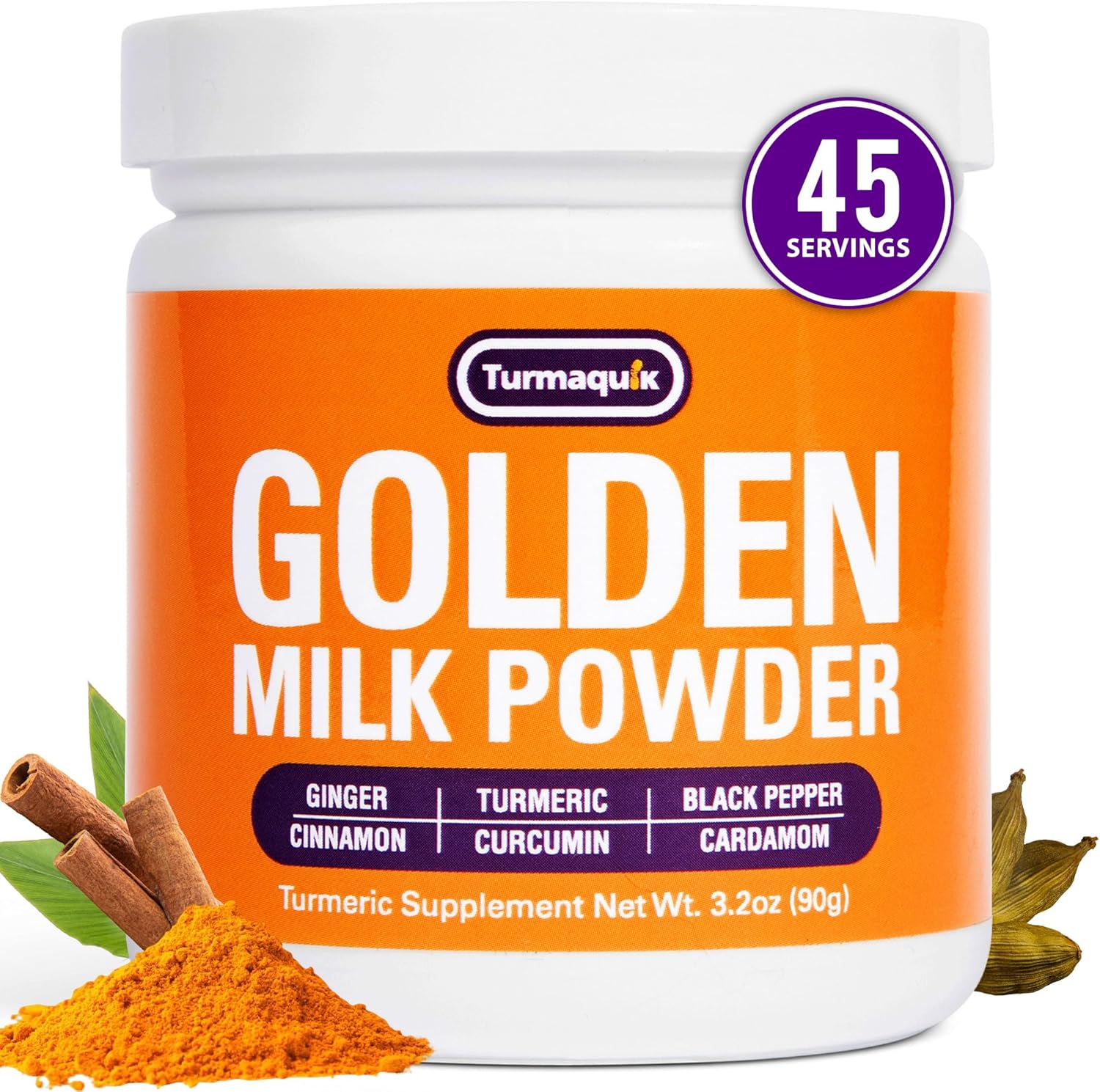
- Traditional Beverage: A fusion of milk (dairy or plant-based), turmeric, and other spices like ginger and cinnamon.
- Convenient Option: Often pre-mixed and easy to prepare. May not have as high a curcumin content as standardized supplements, but still beneficial for daily wellness routines.
Turmeric Teas and Infusions
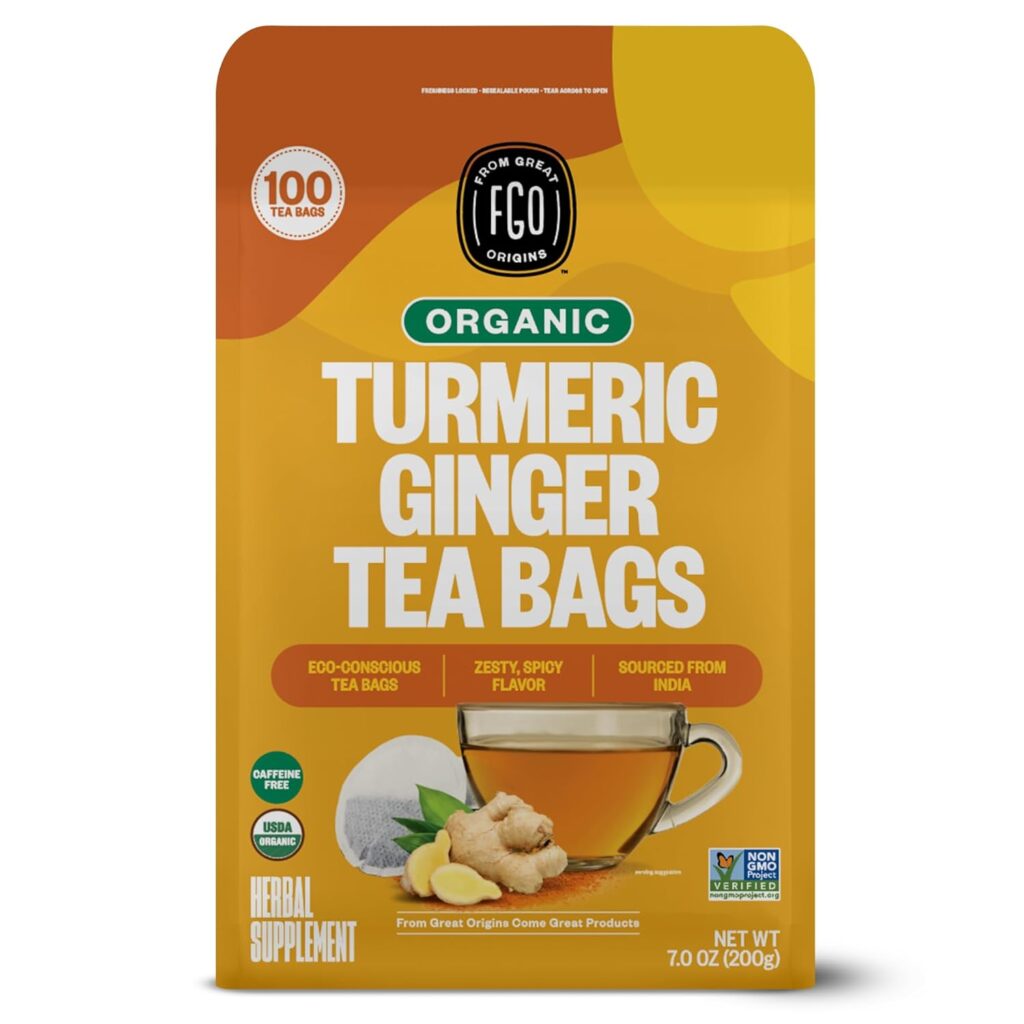
- Variety of Herbal Blends: Many brands offer turmeric-based teas with other synergistic herbs.
- Gentle Daily Use: Good for mild inflammation and general health, though curcumin content can be relatively low in tea form.
Topical Turmeric
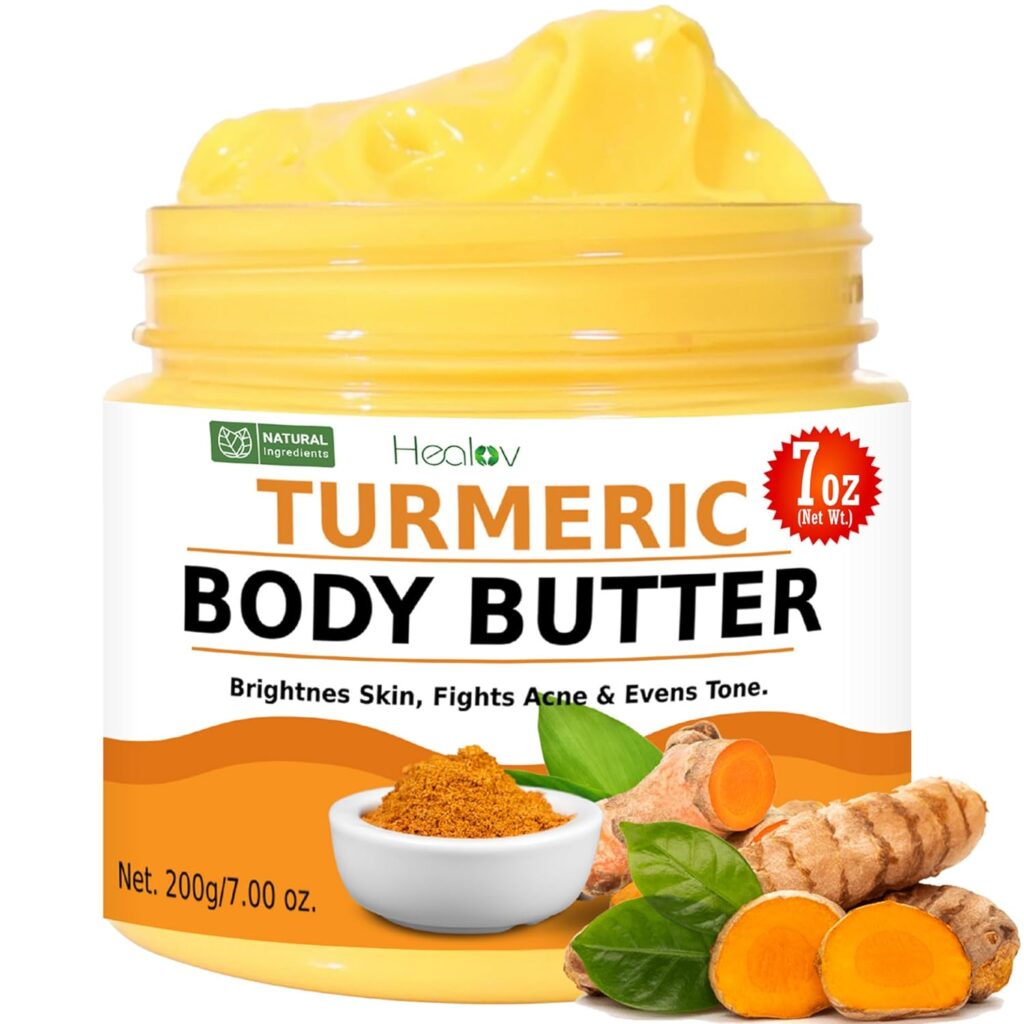
- Masks and Pastes: Used for skin health and to address superficial inflammation or irritation.
- DIY Methods: Individuals often create homemade turmeric masks by mixing turmeric powder with yogurt, honey, or aloe vera. This can help reduce redness and even out skin tone.
How to Incorporate Turmeric Into Your Diet
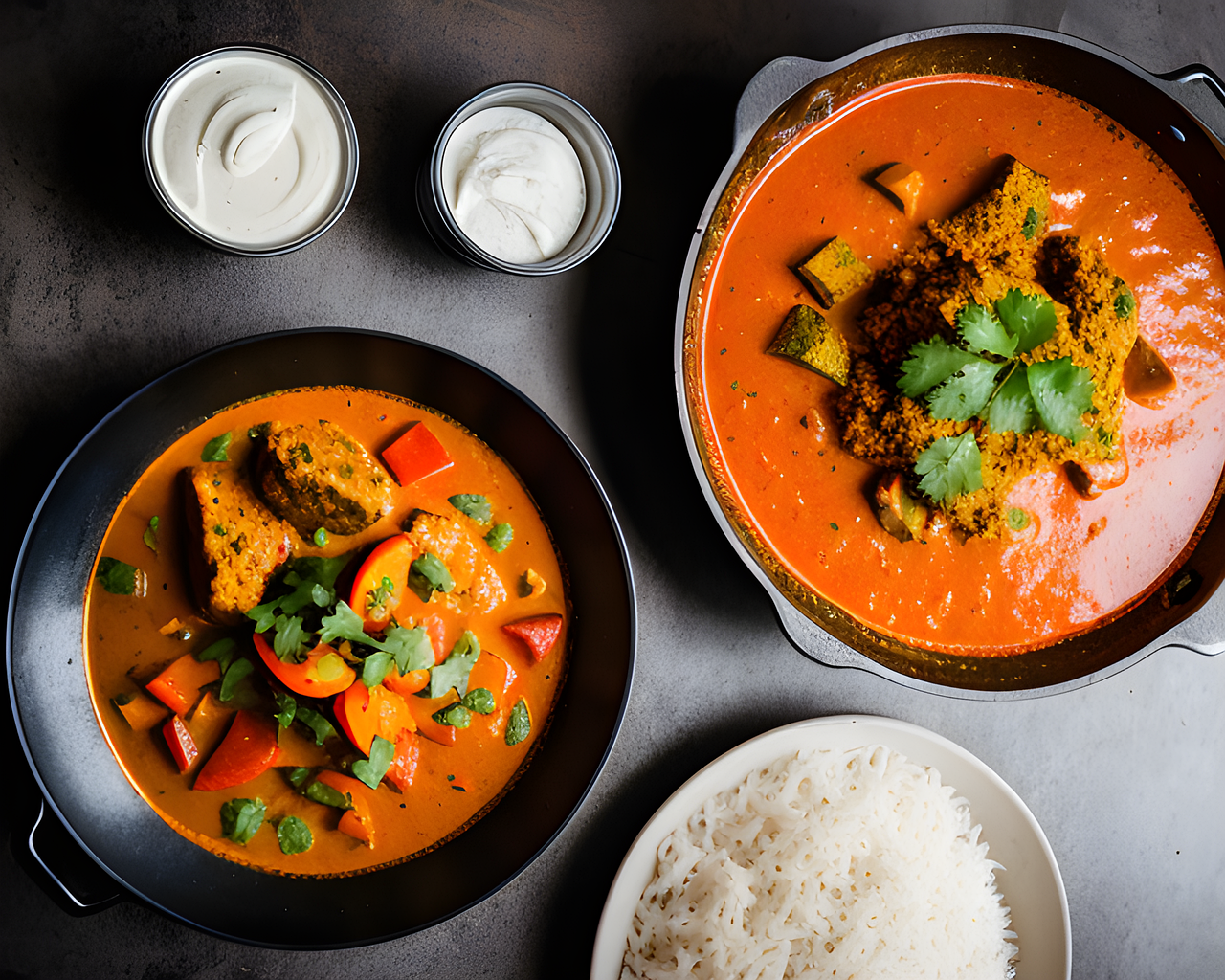
Eating turmeric is one of the simplest ways to harness its benefits. Below are practical tips and examples for boosting your turmeric intake through everyday meals and beverages.
Culinary Tips
- Curries and Stews: Add a teaspoon or two of turmeric powder to sauces, curries, and stews.
- Rice Dishes: A pinch of turmeric in rice gives it a pleasant yellow color and a subtle earthy flavor.
- Eggs and Tofu Scrambles: Sprinkle turmeric powder to enhance color and nutrition.
- Roasted Vegetables: Mix turmeric with olive oil and black pepper, then toss over cauliflower, potatoes, or carrots before roasting.
- Soups: Stir in a small amount of turmeric toward the end of cooking.
Smoothies and Juices
- Turmeric Smoothie: Blend fresh turmeric root or a teaspoon of powder with fruits, leafy greens, and your choice of protein.
- Citrus-Turmeric Juice: Freshly squeezed orange juice combined with lemon and a little fresh turmeric root can deliver a health-boosting start to the day.
Golden Milk Recipe
Ingredients (Serves 1):
- 1 cup of milk (dairy, almond, coconut, or oat)
- 1 teaspoon of turmeric powder (or fresh grated turmeric root)
- 1/2 teaspoon of ginger powder (or fresh grated ginger)
- 1/4 teaspoon of cinnamon
- A pinch of black pepper (essential for curcumin absorption)
- 1 teaspoon of honey or maple syrup (optional, for sweetness)
Instructions:
- Warm the milk in a saucepan.
- Whisk in the turmeric, ginger, cinnamon, and black pepper.
- Let it simmer for a few minutes (but don’t allow it to boil vigorously).
- Add honey or maple syrup to taste.
- Serve warm and enjoy.
This soothing beverage not only harnesses turmeric’s anti-inflammatory properties but also supports digestion, relaxation, and overall wellness. Including a pinch of black pepper is critical for enhancing curcumin’s bioavailability.
Curcumin Supplements: What You Need to Know
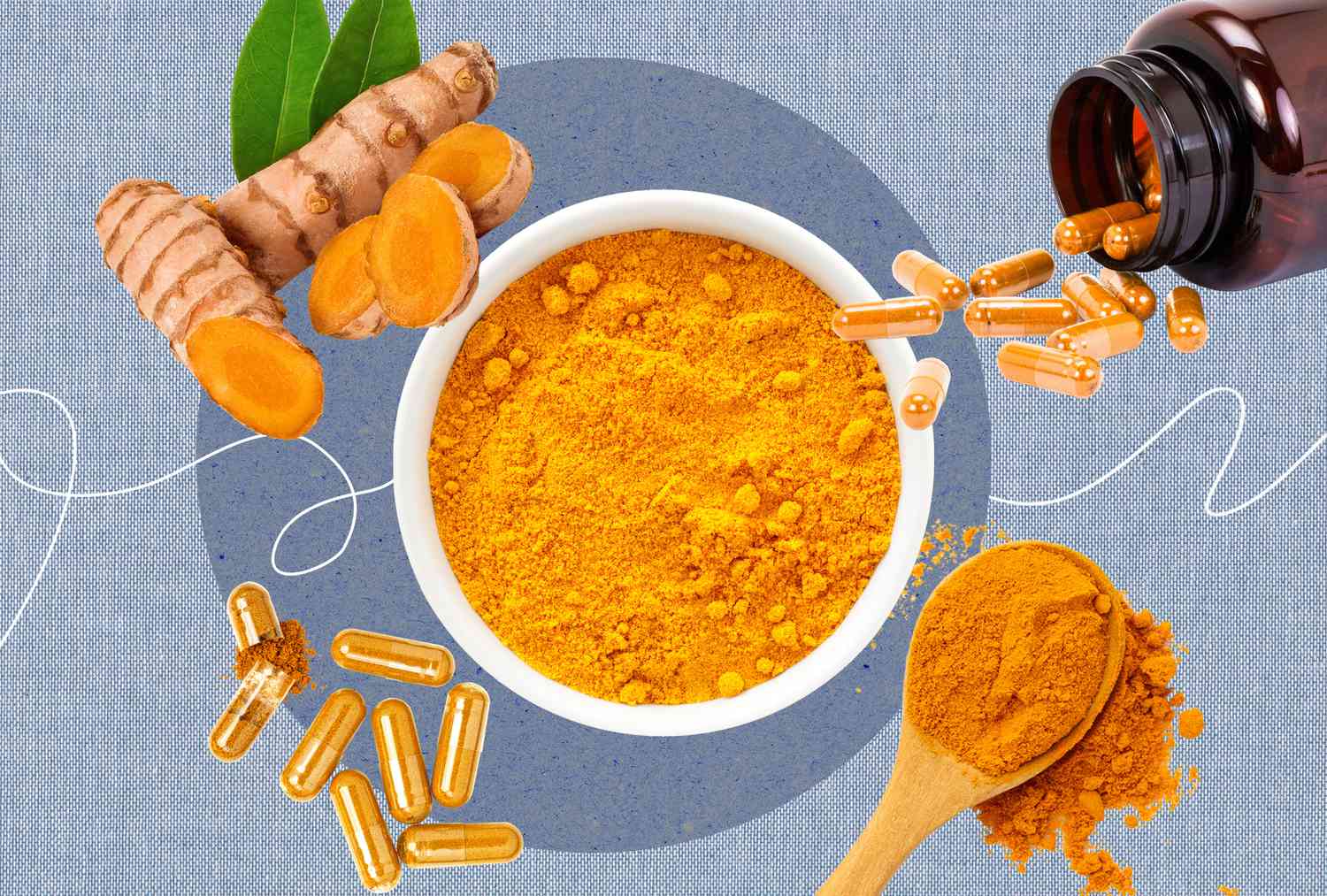
For many individuals, cooking with turmeric might not be enough to achieve therapeutic levels of curcumin. In such cases, curcumin supplements can be a helpful addition. However, not all supplements are created equal, so it’s essential to know what to look for.
Types of Curcumin Supplements
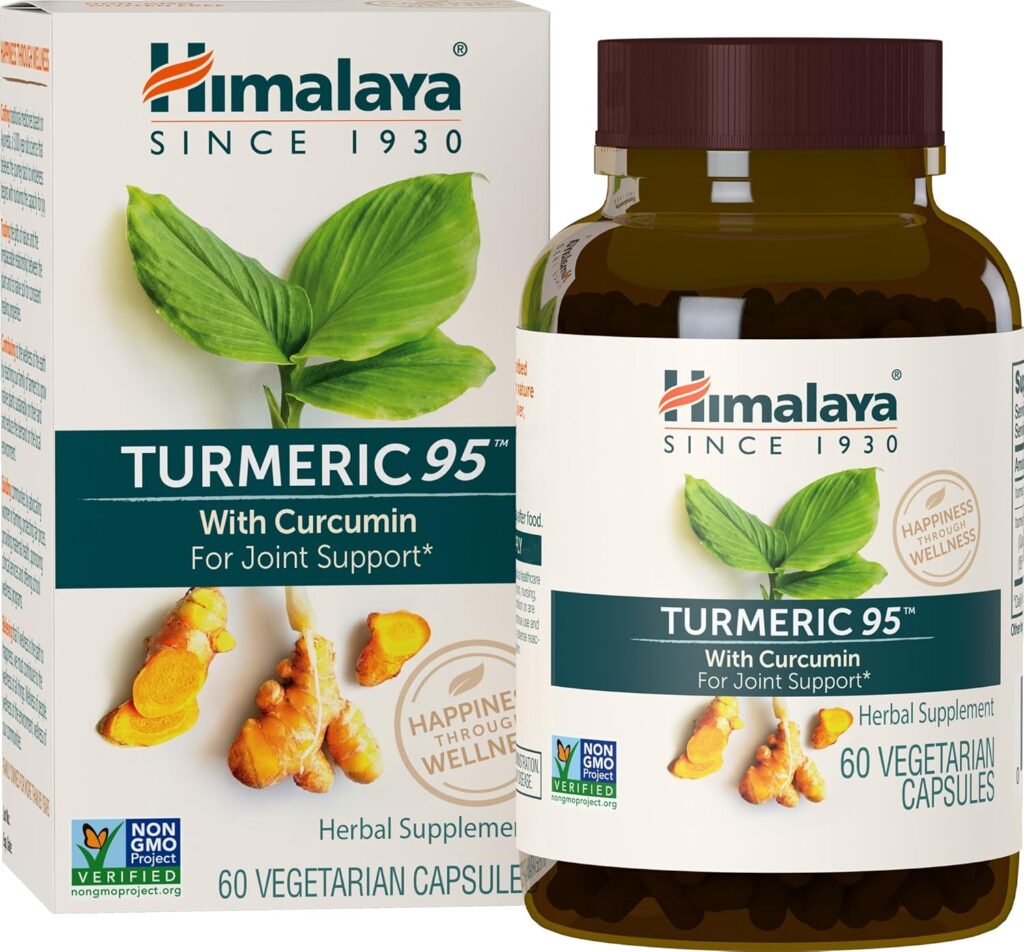
Standardized Extracts: These supplements usually contain 90–95% curcuminoids, ensuring a high concentration of active compounds.
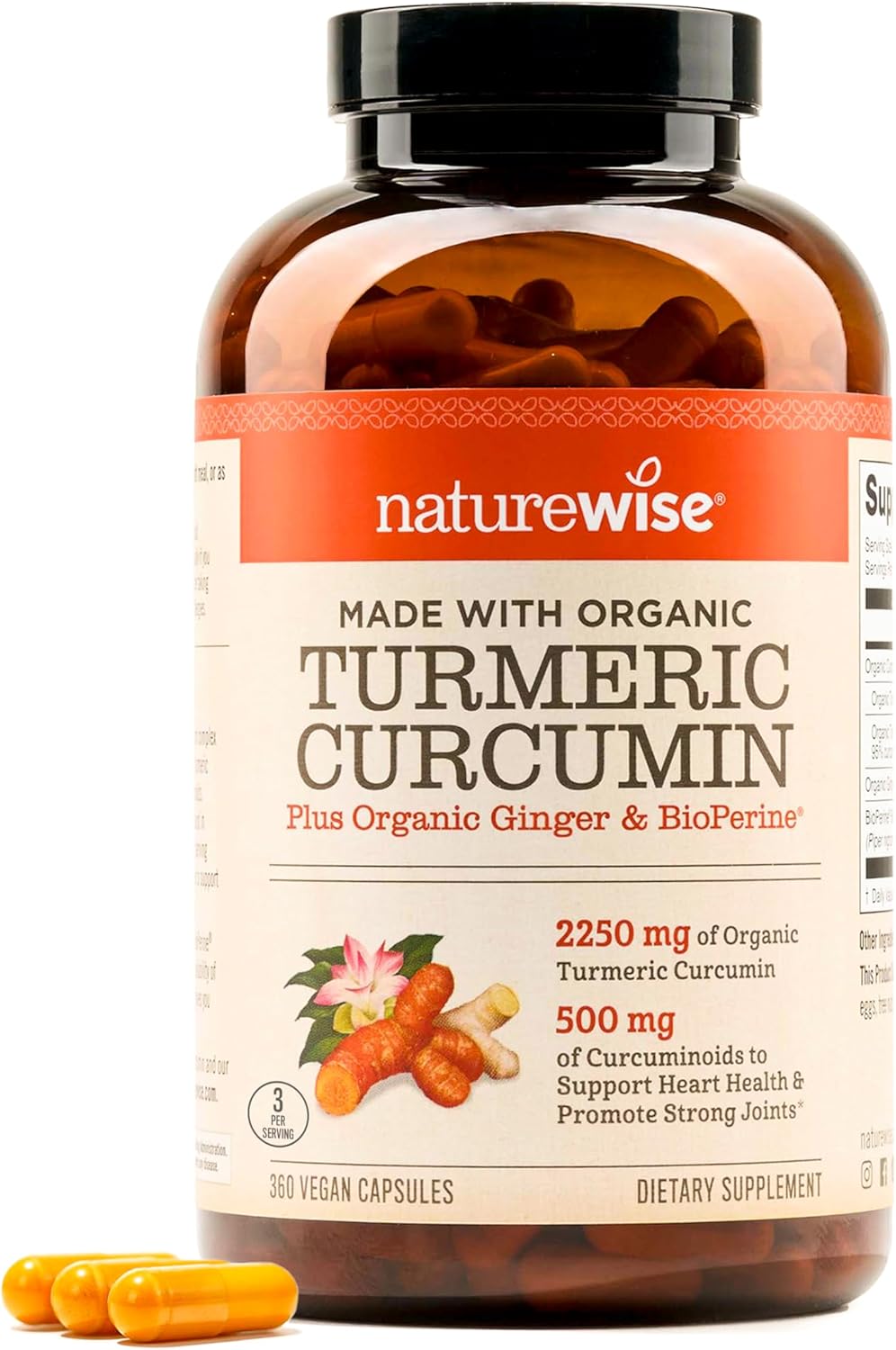
Enhanced Bioavailability Formulations: Includes curcumin complexed with piperine (black pepper extract) or formulated using liposomal or nanoparticle technologies to improve absorption.
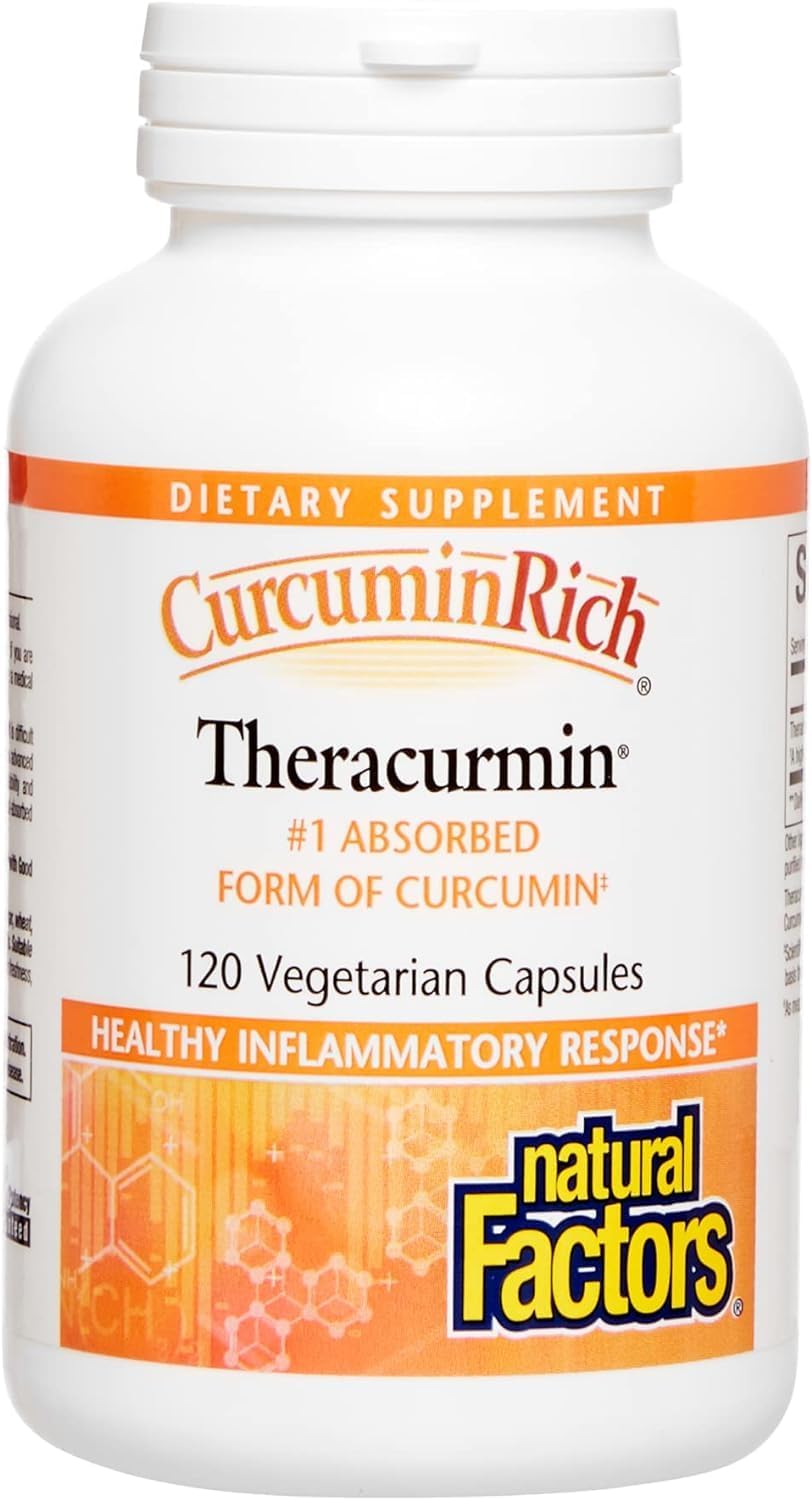
Whole Turmeric Supplements: These may offer a broader spectrum of turmeric constituents but often have a lower concentration of curcumin.
Reading Supplement Labels
- Curcuminoid Content: Look for a specific mention of standardized curcuminoid content, often expressed as a percentage.
- Piperine or Bioperine: Supplements containing piperine typically advertise it under brand names like “BioPerine,” which can significantly enhance curcumin’s bioavailability.
- Third-Party Testing: Choose reputable brands that have their products tested by independent labs for purity and potency.
Potential Considerations
- Formulation: Curcumin is fat-soluble, so taking it with a meal containing healthy fats can further improve absorption.
- Individual Needs: If you have a medical condition or take other medications, consult a healthcare professional before starting curcumin supplementation.
- Dosage: The ideal dosage varies widely, from 500 mg to several grams per day. More is not always better, and a qualified professional can help determine your specific needs.
Turmeric Dosage and Best Practices
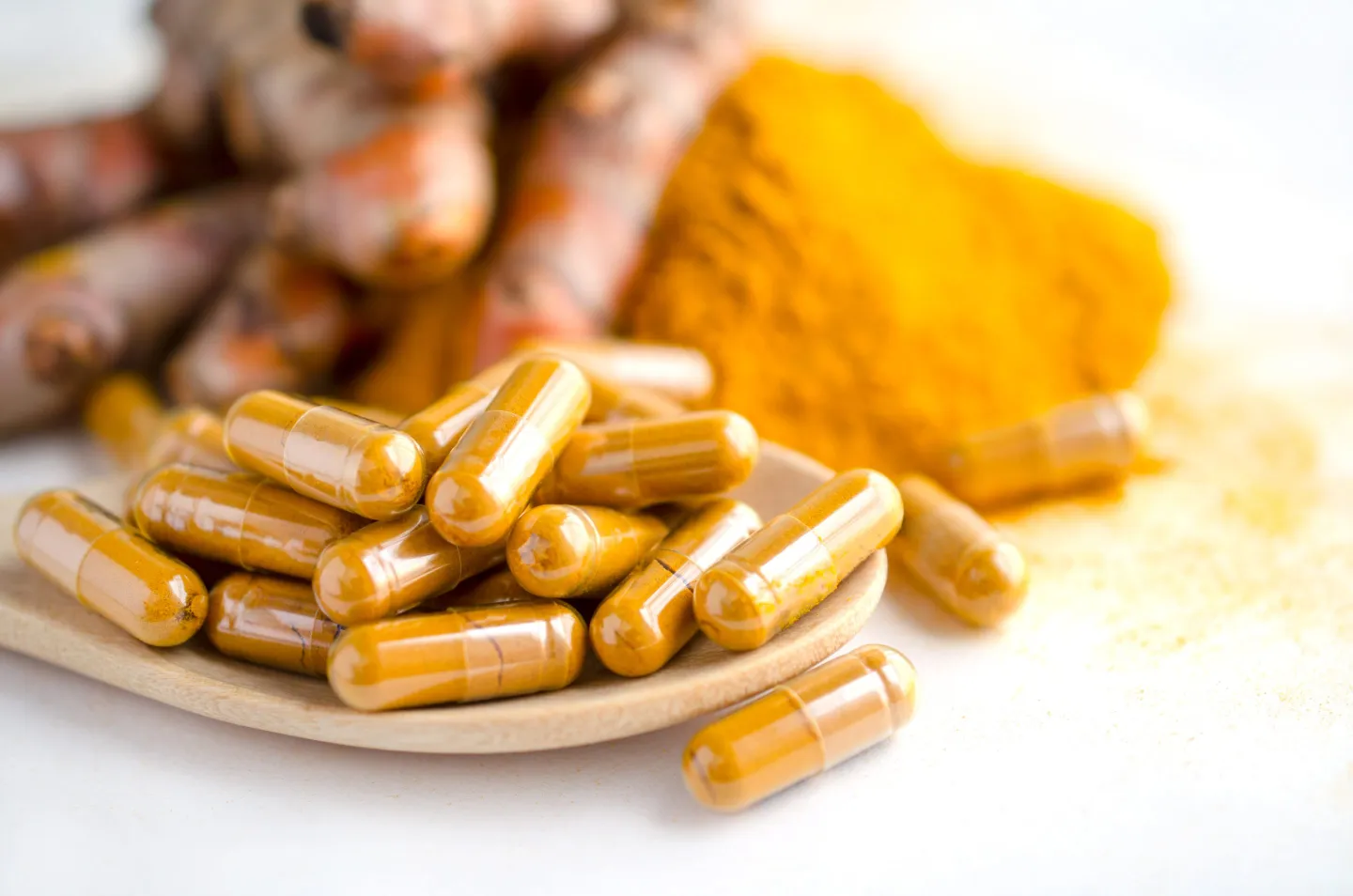
Finding the right dosage of turmeric or curcumin can be challenging, given variations in dietary intake, supplement potency, and individual health needs. Below are general guidelines to consider.
Dietary Intake
If you’re consuming turmeric primarily through meals, there is no strict dosage since it’s difficult to measure exact curcumin intake in home cooking. However, most recipes contain about half a teaspoon to a full teaspoon of turmeric powder per serving. This is generally safe for most people.
Supplement Dosage Ranges
- General Wellness: 500–1,000 mg of curcumin extract per day (often split into two doses).
- Therapeutic Purposes: Higher doses, up to 2–3 grams per day of standardized curcumin, might be recommended under medical supervision, especially for conditions like arthritis or severe inflammation.
- Short-Term vs. Long-Term: It’s crucial to note that even natural compounds can exert stress on the body if taken in excessively high amounts for extended periods.
Best Practices
- Combine with Black Pepper: Always consume turmeric with a source of piperine or black pepper to dramatically increase curcumin absorption.
- Incorporate Healthy Fats: Whether in food form or supplements, pairing curcumin with fats (like avocado, nuts, or oil) can enhance its bioavailability.
- Start Low and Go Slow: If you’re new to turmeric supplementation, begin with a lower dose and observe how your body responds before increasing.
- Monitor for Interactions: Turmeric can interact with certain medications (e.g., blood thinners, diabetes medications). Discuss any potential interactions with a healthcare provider.
- Stay Consistent: Consistent intake, rather than sporadic high doses, can be more beneficial for managing chronic inflammation.
Side Effects and Precautions
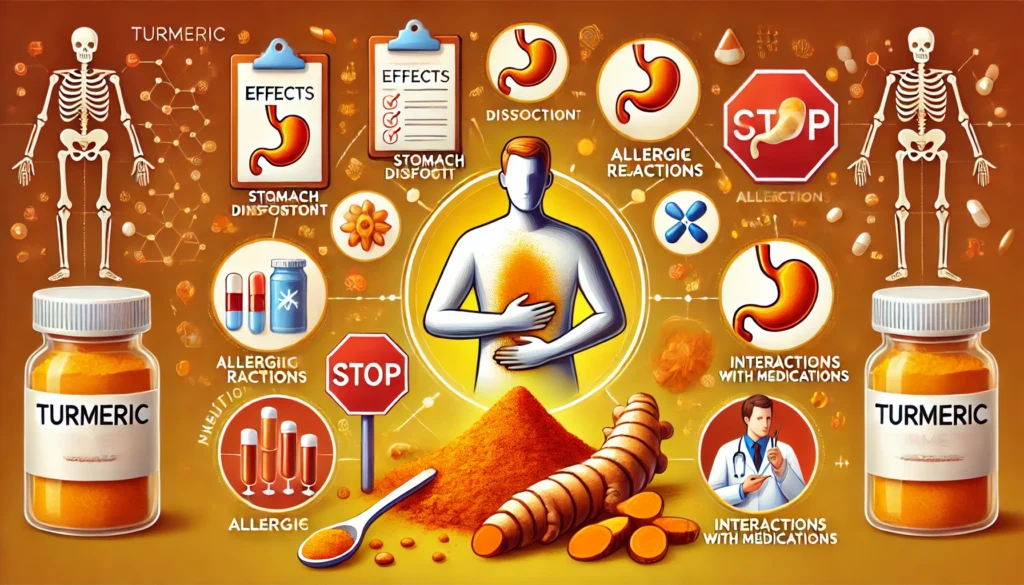
While turmeric and curcumin are generally considered safe for most individuals, it’s important to be aware of potential side effects and risks.
Common Side Effects
- Gastrointestinal Issues: High doses of turmeric or curcumin supplements can cause stomach upset, diarrhea, or bloating.
- Allergic Reactions: Some people may experience skin irritation or rashes, especially when applying turmeric topically.
- Heartburn or Reflux: Large amounts can sometimes exacerbate acid reflux symptoms.
Who Should Exercise Caution?
- Pregnant and Nursing Women: Moderate dietary amounts of turmeric in food are generally safe, but high-dose supplementation should be used cautiously and under medical guidance.
- Individuals on Blood Thinners: Turmeric can have mild blood-thinning effects, which may enhance the action of anticoagulants.
- Diabetes Patients: Curcumin may lower blood sugar levels, so monitoring is necessary for individuals on diabetic medications.
- Gallbladder Issues: Turmeric can stimulate bile production, so individuals with gallstones or bile duct obstruction should consult a healthcare provider before use.
Interactions with Medications
- Blood Thinners (e.g., Warfarin): Turmeric can enhance blood-thinning effects, increasing the risk of bleeding.
- Nonsteroidal Anti-Inflammatory Drugs (NSAIDs): While both turmeric and NSAIDs reduce inflammation, combining them should be done with caution due to additive effects.
- Diabetes Medications: Curcumin’s potential to lower blood glucose means it may intensify effects of diabetic drugs.
If you’re on medications or have underlying health conditions, it’s always advisable to consult your healthcare provider before adding significant amounts of turmeric or curcumin to your regimen.
Conclusion
Turmeric has transcended cultural and historical boundaries to become a globally esteemed spice and therapeutic agent. Central to this acclaim is curcumin, the compound largely responsible for turmeric’s powerful anti-inflammatory and antioxidant properties. Modern research supports many traditional claims of turmeric’s benefits, ranging from improved joint health and cardiovascular protection to potential neuroprotective and anti-cancer effects.
Key Takeaways
- Holistic Approach: Turmeric, particularly curcumin, tackles inflammation and oxidative stress—two fundamental processes implicated in a host of chronic conditions.
- Incorporate Into Daily Life: Whether through delicious curries, golden milk, or standardized supplements, there are various ways to enjoy the benefits of turmeric.
- Bioavailability Matters: Optimizing curcumin absorption is crucial for reaping its full therapeutic benefits. Use black pepper, healthy fats, or specialized supplement formulations to enhance uptake.
- Safety and Precautions: Generally safe for most people, turmeric can still interact with medications and cause side effects at high doses. Consulting a healthcare provider is always wise.
By delving into turmeric’s rich history, understanding how curcumin works, and using it effectively, you can tap into one of nature’s most powerful anti-inflammatory remedies. Whether for daily wellness or specific health support, turmeric and curcumin bridge ancient wisdom with modern science, offering numerous benefits. Embrace this golden spice and take a step toward better health and vitality. Follow aayushii.com for more details.
FAQs: Turmeric and Curcumin
1. Is Turmeric or Curcumin Better for Anti-Inflammatory Benefits?
Both can be beneficial. Turmeric powder contains curcumin along with other supportive compounds, while a standardized curcumin extract provides a higher concentration of the active ingredient. For therapeutic purposes, curcumin extracts are often preferred due to their potency and standardized dosage.
2. How Long Does It Take to See Results?
This depends on factors such as dosage, individual metabolism, and the nature of the condition being addressed. Some people notice improvements in joint pain or inflammation within a few weeks of consistent use. However, results can vary widely.
3. Can I Take Turmeric Supplements Long-Term?
Generally, moderate doses of turmeric or curcumin supplements are considered safe for long-term use. However, it’s prudent to periodically review your regimen with a healthcare professional, especially if you’re taking higher doses.
4. Is Cooking with Turmeric Enough for Health Benefits?
Daily consumption of turmeric through food can still be beneficial, especially when combined with black pepper and healthy fats. However, if you’re dealing with specific inflammatory conditions or have particular health goals, a supplement might offer a more concentrated dose.
5. What’s the Best Time to Take Curcumin Supplements?
There is no universal best time. Some experts recommend taking curcumin with meals to enhance absorption due to the presence of dietary fats. Others find splitting doses throughout the day offers more consistent blood levels.
6. Can Turmeric Stain My Skin or Clothes?
Yes, turmeric can stain if it comes into contact with fabrics or skin. Be careful when handling fresh root or turmeric powder, and consider wearing gloves or an apron. Any skin staining typically fades over time.
7. Are There Any Alternatives to Piperine for Better Absorption?
Yes. Formulations like liposomal or phytosomal curcumin can improve absorption without relying on piperine. Some brands also include ginger extracts or other bioenhancers.

